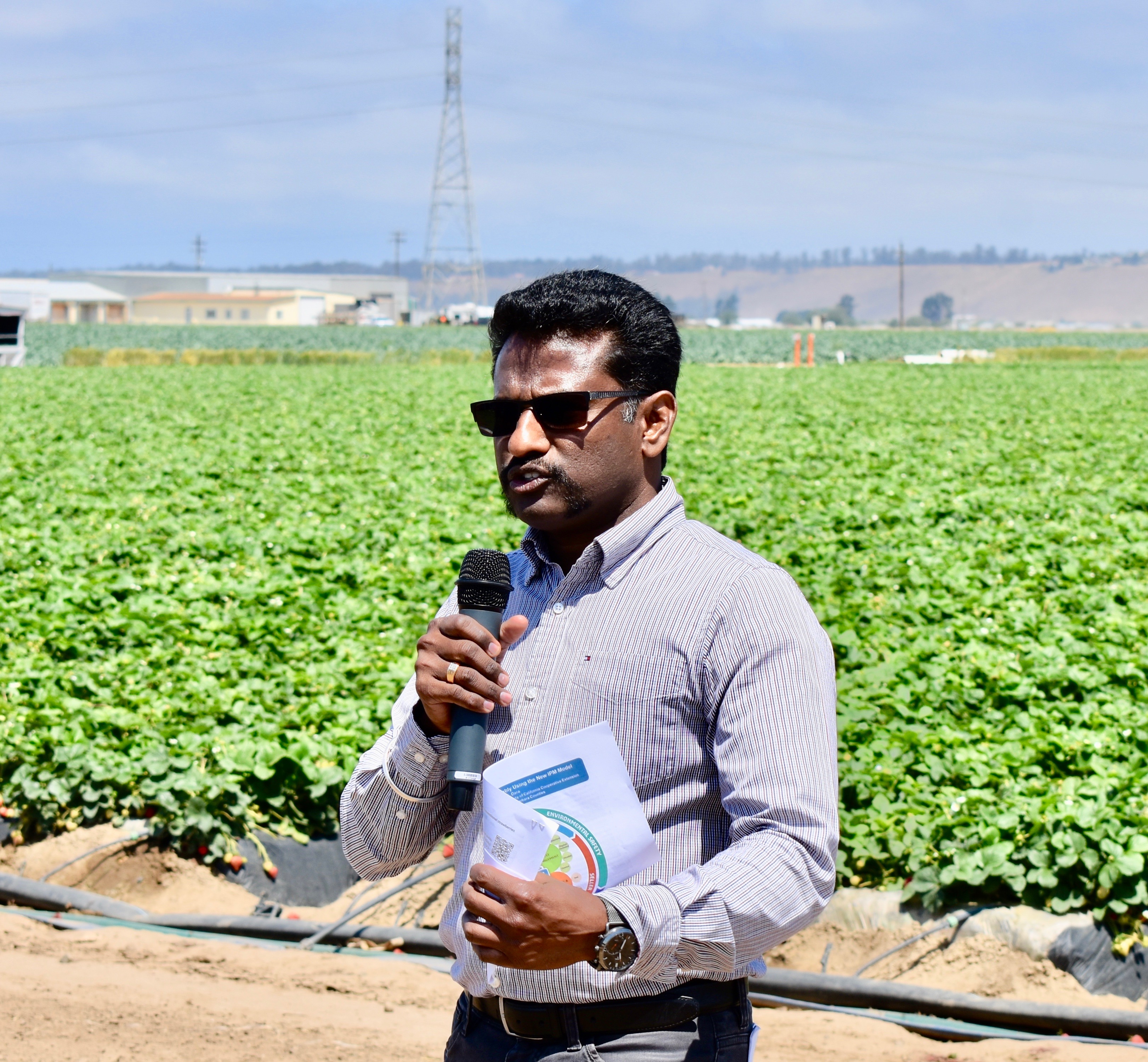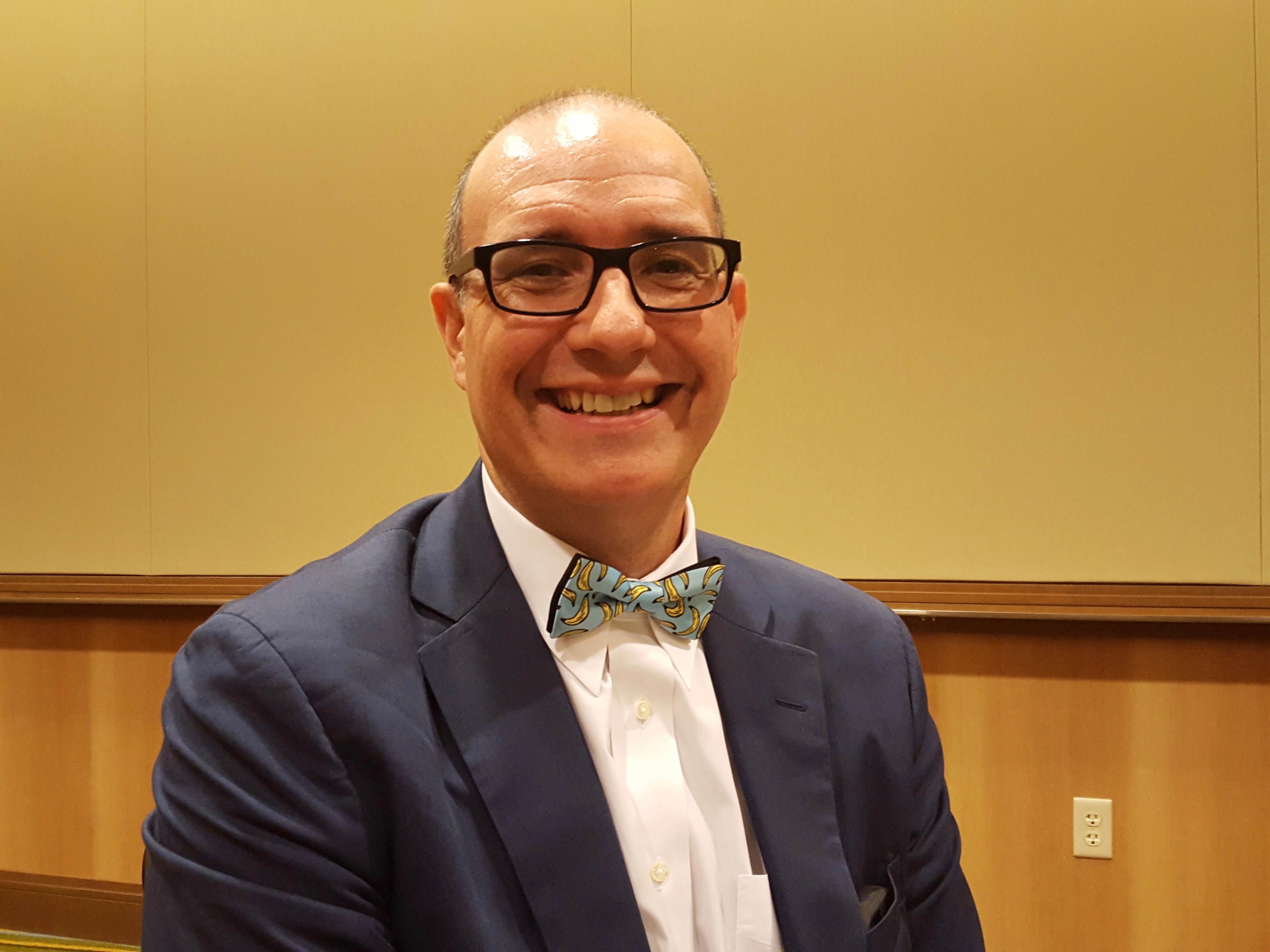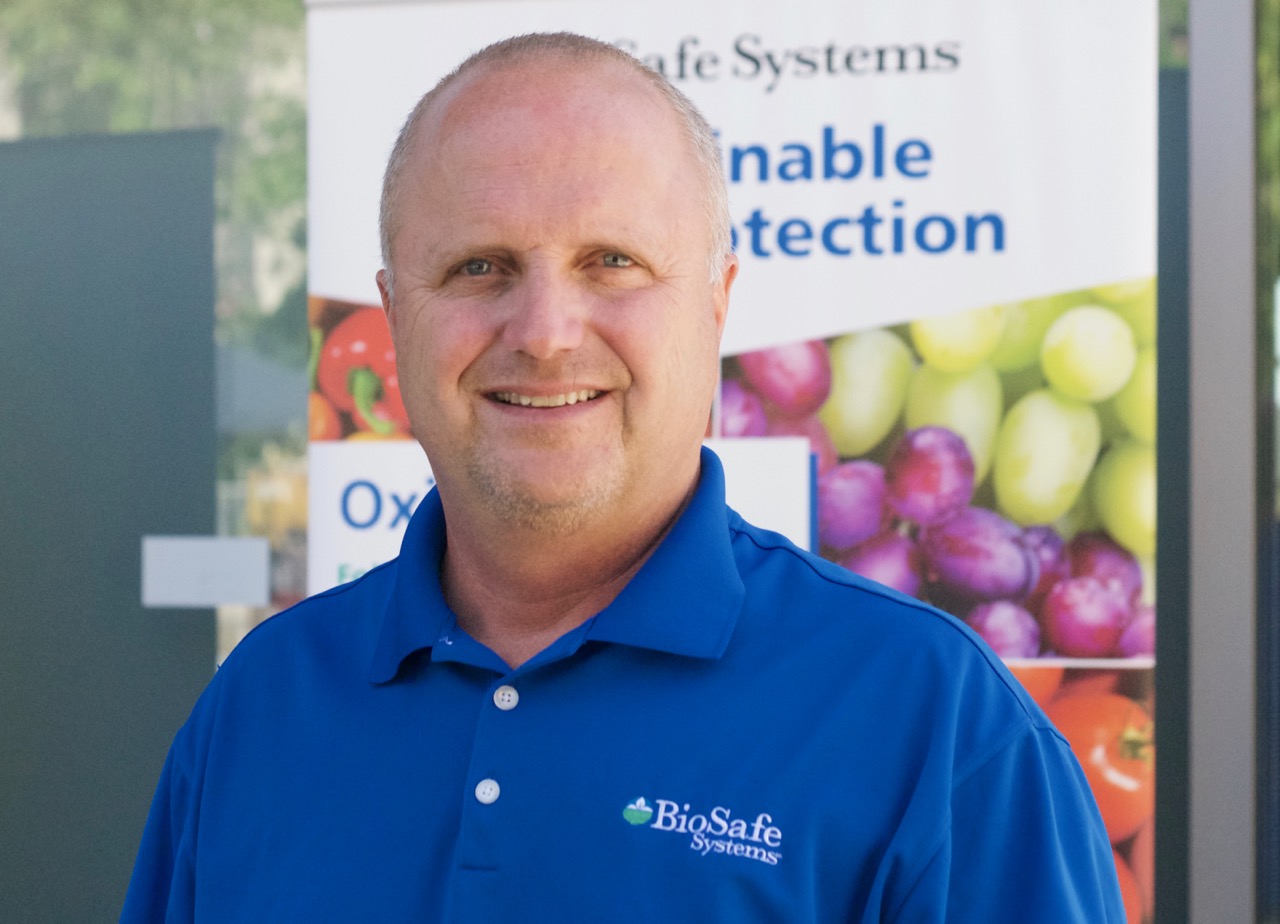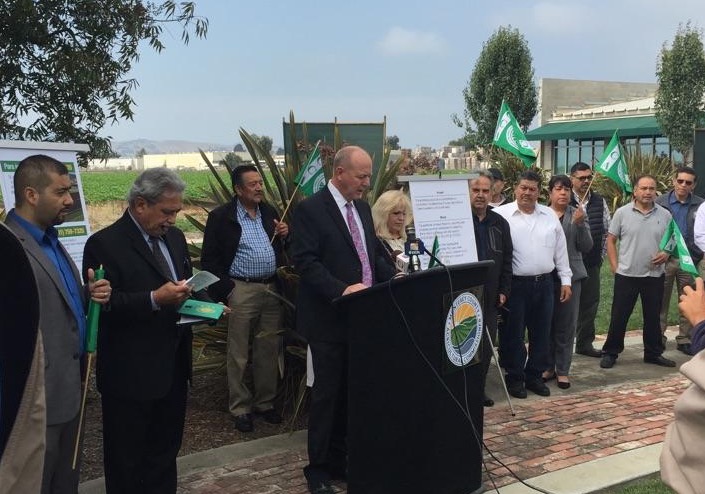Bio-Control for Strawberry Growers
Strawberry Growers Lean on Biologicals to Manage Pest
By Jessica Theisman, Associate Editor
California Ag Today recently met with Surendra Dara, a UC Cooperative Extension entomologist based in San Luis Obispo County. According to Dara, California strawberry growers follow many sustainable options.
“Growers are well-educated and have a support system that provides information to them very regularly,” Dara said.
Growers try to apply as much of the IPMs as possible, but there is always a lot more scope in terms of using non-chemical alternatives. That is an area that has room to grow.
“The more we know about the options and their potential, they can be more adopted,” Dara said.
He explained that the strawberry growers often lean on biological insects such as beneficial mites that treat those damaging insects. It’s all part of IPM.
The insects are used outdoors along with in greenhouses.
“A bio-control is very well done in strawberries for mite control, but we do not have similar natural enemies for other pests,” Dara said.
There are botanical and microbial options for pest and disease management, and a lot of work is being done about understanding how they work and placing them in the right strategy.
“So, there is definitely plenty of options for us,” Dara said.















 ever give up trying to
ever give up trying to  “One of the most interesting things we saw at the meeting,” Schrick noted, “was that we are influenced by people all around us, doctors, lawyers, and our pastors. However in agriculture, the number one influencer is the grower. That really resonated with me and it is true; he is the most credible source, he is the one who produces that food, and he has to make that land he is working on sustainable. He has to make that production come, year after year, after year, and in most cases, he wants to turn that over to the next generation of farmers.
“One of the most interesting things we saw at the meeting,” Schrick noted, “was that we are influenced by people all around us, doctors, lawyers, and our pastors. However in agriculture, the number one influencer is the grower. That really resonated with me and it is true; he is the most credible source, he is the one who produces that food, and he has to make that land he is working on sustainable. He has to make that production come, year after year, after year, and in most cases, he wants to turn that over to the next generation of farmers.







